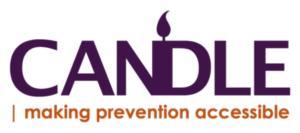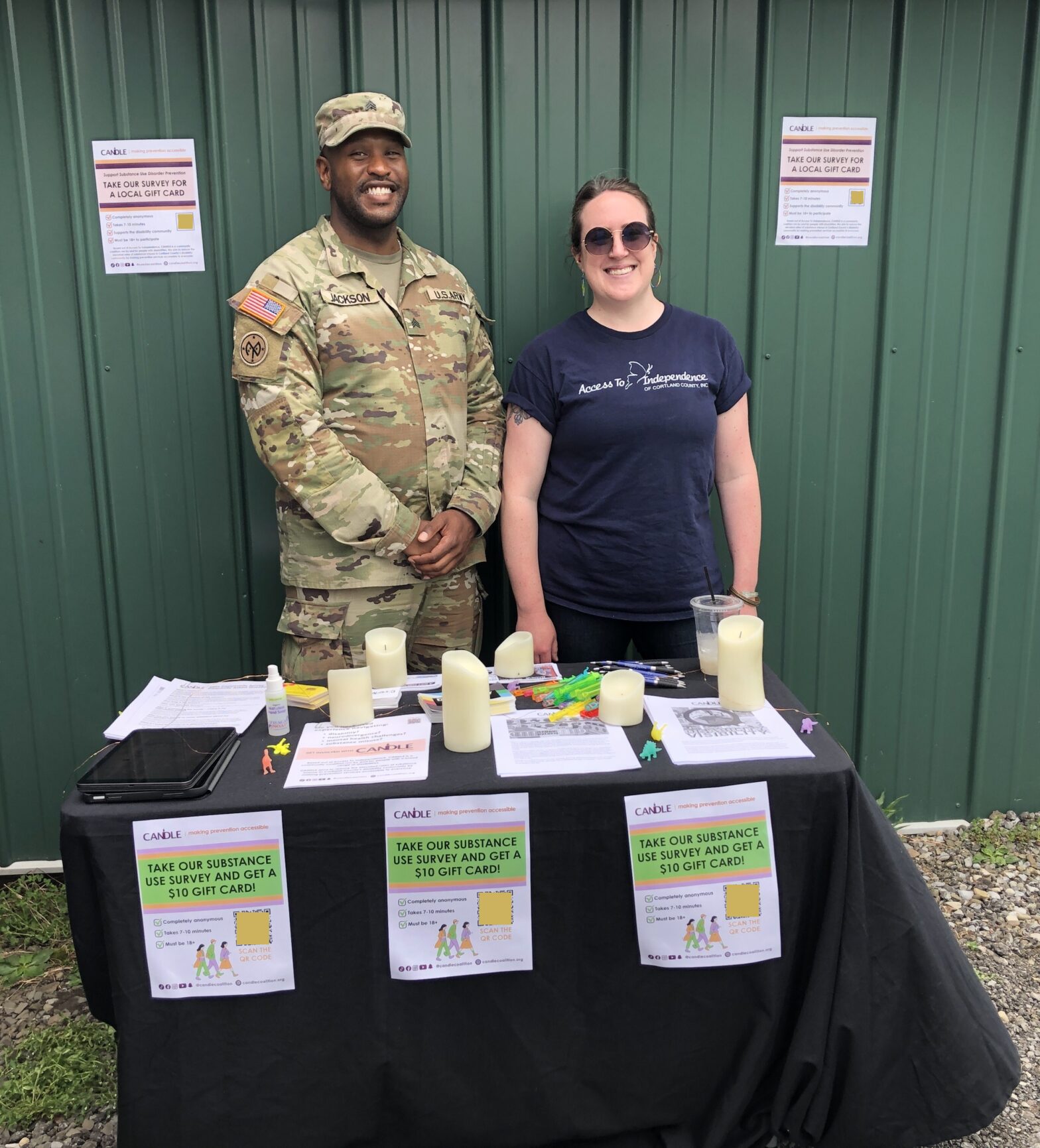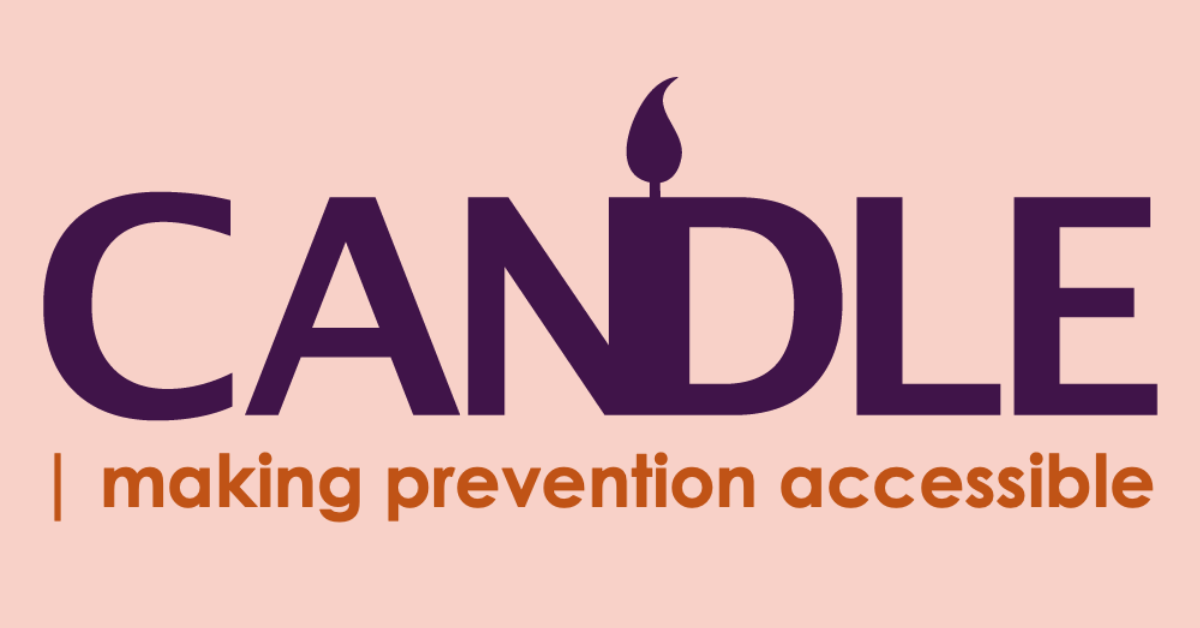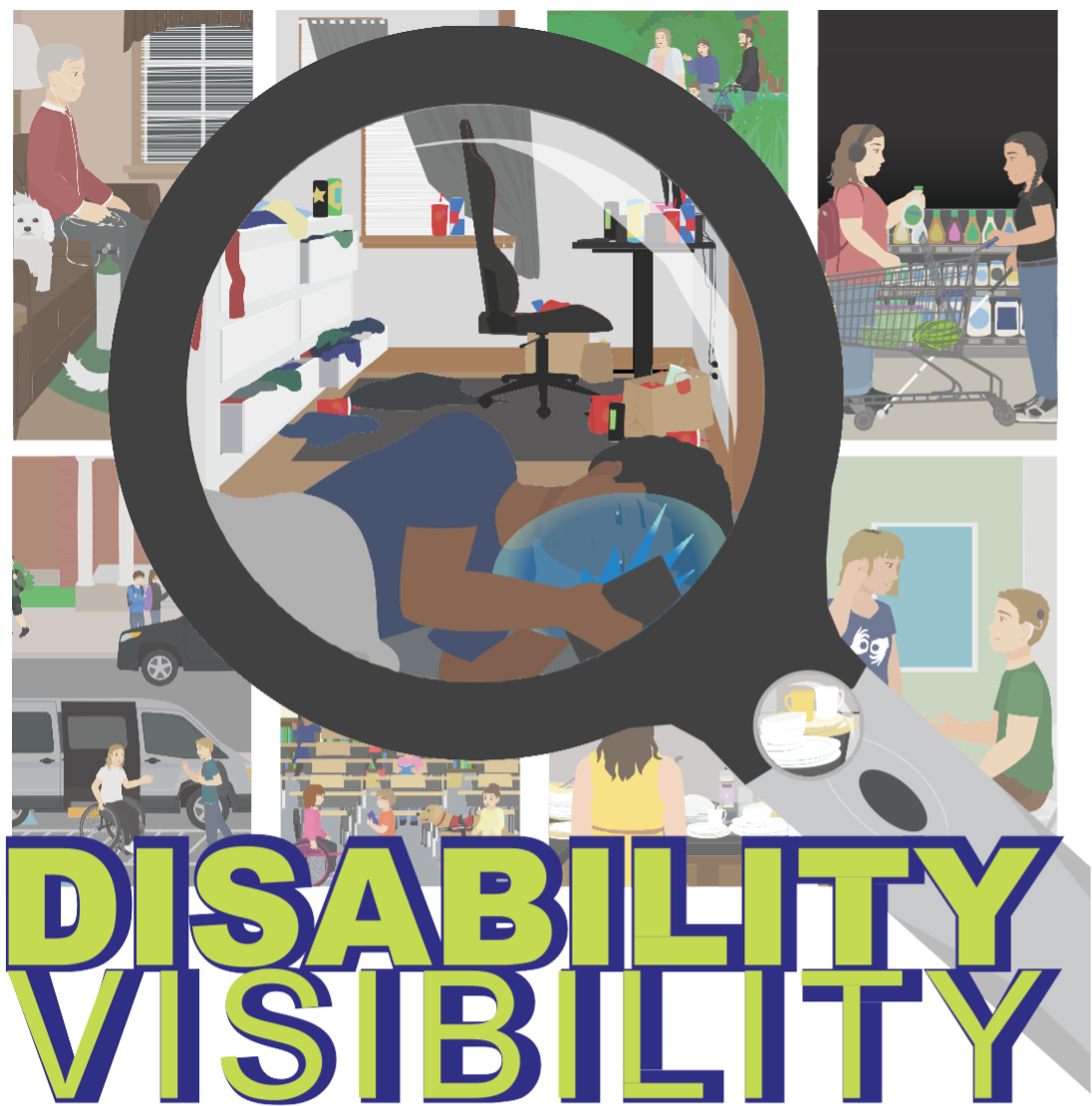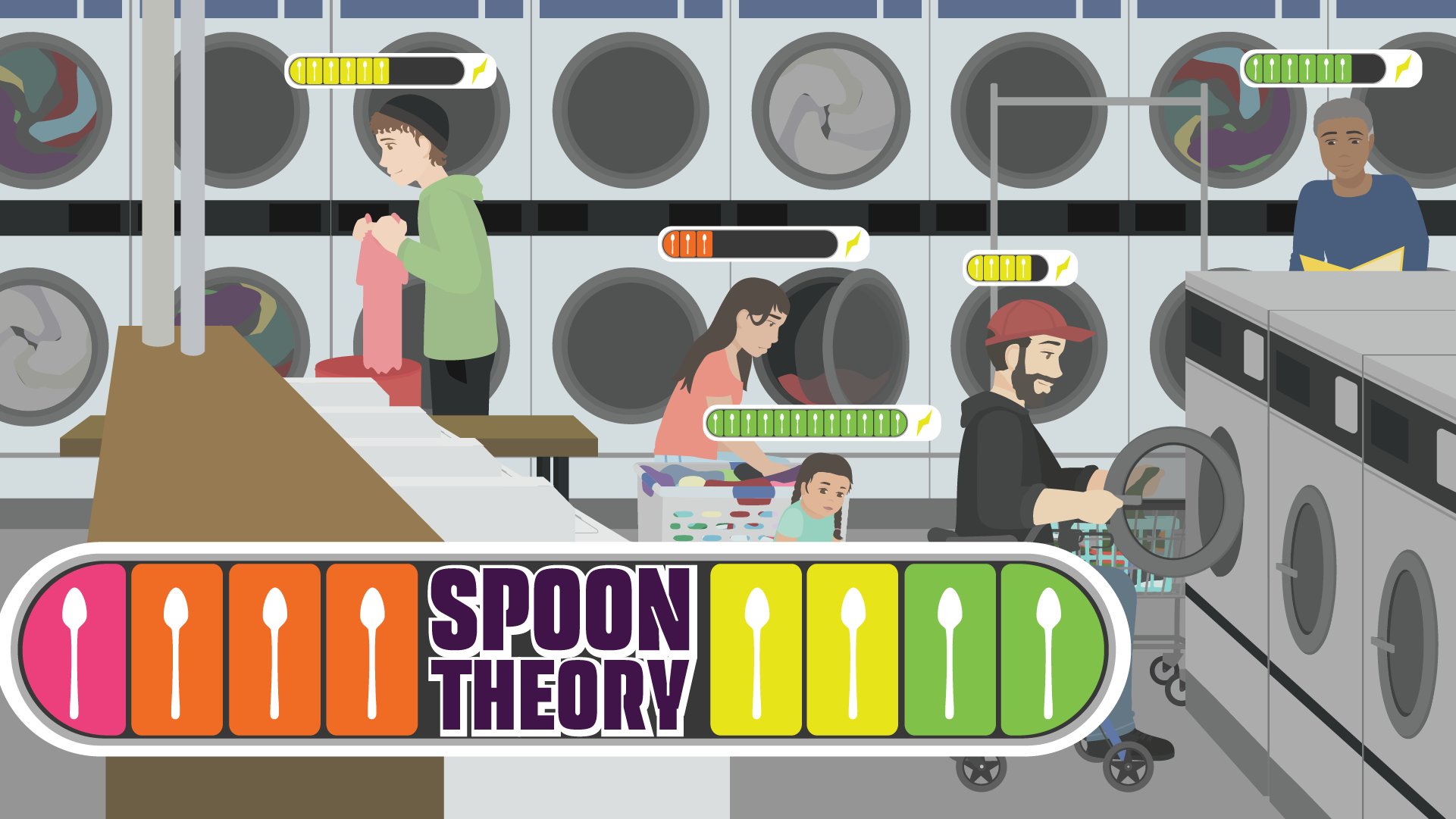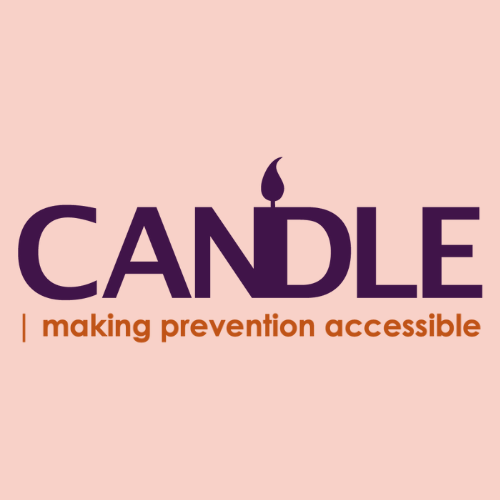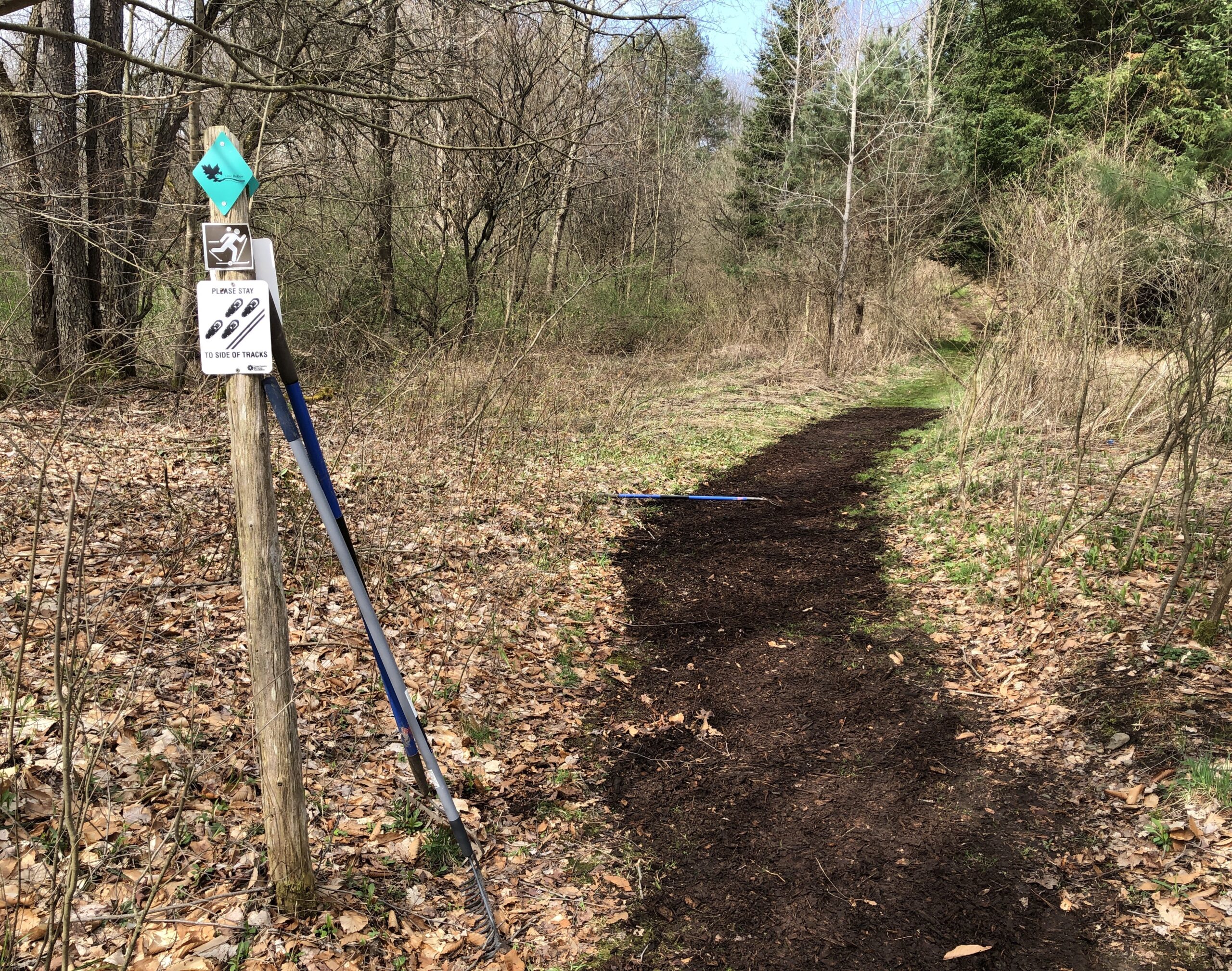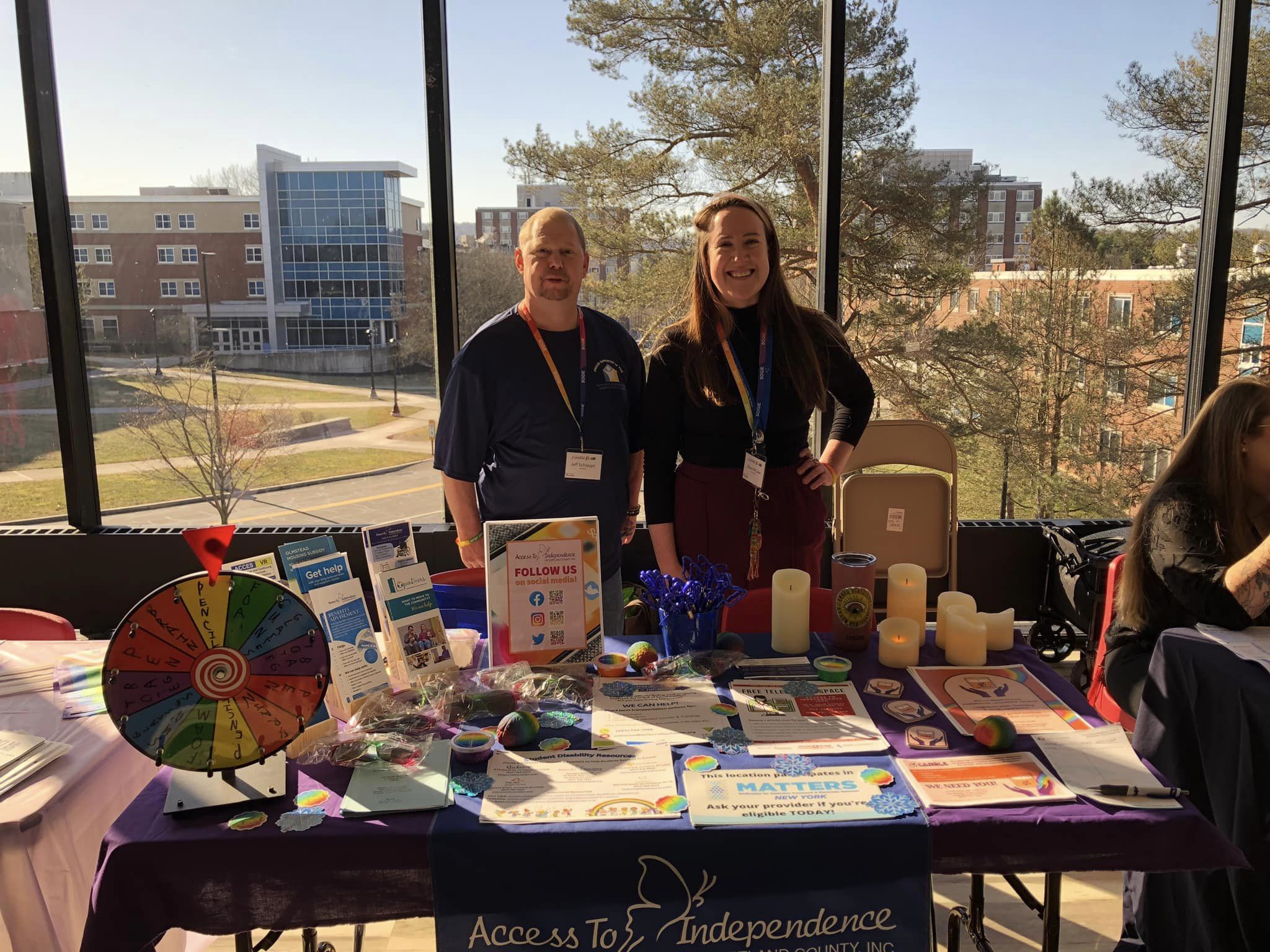By Erin Vallely, CANDLE Administrative Assistant
CANDLE was thrilled to join the Cortland County Mental Health Community Resource Fair and Walk on May 15th, 2025. The event was held at the Cortland County Fairgrounds and the walk went to Guthrie Cortland Medical Center and back. The event, organized by Cortland County, is an opportunity to come together to support one another, celebrate resilience, and to raise awareness for mental wellness.
As a sponsor, ATI supported the event with a donation and tabled at the community resource fair which took place from 11am-12pm. Other sponsors of the event included Catholic Charities of Cortland County, City of Cortland Police Department, Cortland County Sheriff’s Office, Guthrie, Cortland County Legislature, Clint Bush, Family & Children’s Counseling Services, OCM BOCES, SPEAK UP Cortland, among others. The crowd then heard from a variety of speakers including youth, community leaders, human services agencies, and law enforcement before heading out for the walk. Some discussed the importance of reducing the stigma around asking for and receiving mental health support. Others shared the need for expanded mental health services in Cortland County and the steps that have already been taken to reach that goal, including construction of a new mental health facility on Port Watson Street.
ATI and CANDLE staff and volunteers spoke with many disabled individuals during the event, many of whom were excited to hear about CANDLE’s mission to reduce substance use within the disability community by making prevention services accessible. Visitors without disabilities also expressed their support for our efforts. In addition to spreading CANDLE’s message, Ally McCabe and SGT Brian Jackson from the New York National Guard Counterdrug Taskforce continued our annual substance use community survey efforts. By the end of the walk, we received 47 survey responses from local community members! Thank you to everyone who supported us by taking it.
If you would like to participate and haven’t already, please take the survey at the link below. By anonymously sharing your experience, you help us determine which prevention strategies will be most appropriate and effective at reducing substance use rates here in Cortland County. Those strategies are then adapted by CANDLE to be universally accessible, ensuring that people with disabilities have the same access to prevention services as everyone else.
Help ATI Make Prevention Accessible: STOP IN TO ATI TO TAKE THE SURVEY
To learn more or get involved with the coalition, visit our website at candlecoalition.org.
